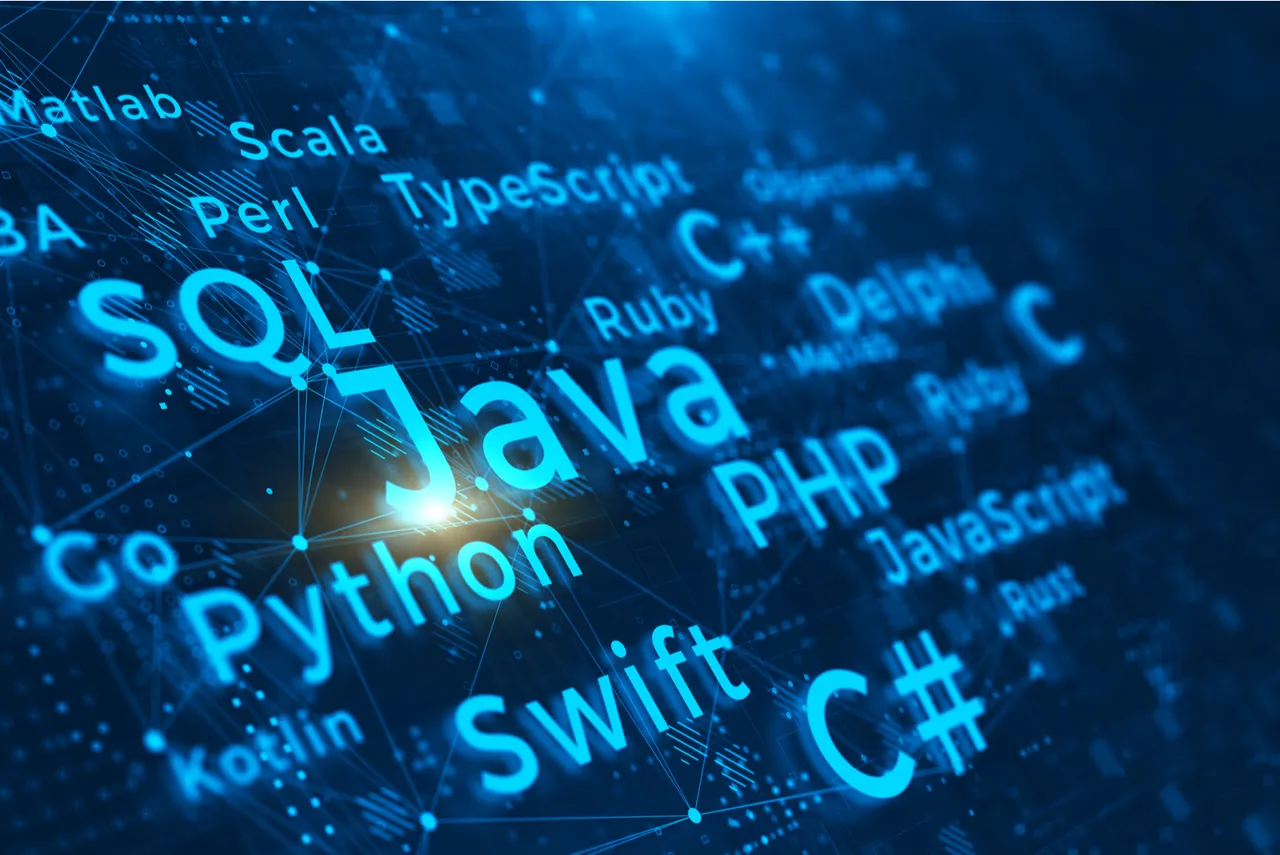Session 1: Introduction to Spark
Overview of Apache Spark and its role in distributed computing
Comparing Spark vs. Hadoop for big data processing
Spark’s ecosystem and core components
Setting up Spark and PySpark environment
Lab: Running Spark in local and cluster mode
Session 2: Understanding RDDs and Spark Architecture
RDD concepts, transformations, and lazy evaluation
Data partitioning, pipelining, and fault tolerance
Applying map(), filter(), reduce(), and other RDD operations
Lab: Creating and manipulating RDDs
Session 3: Working with DataFrames and Spark SQL
Introduction to Spark SQL and DataFrames
Creating and querying DataFrames using SQL-based and API-based approaches
Working with different data formats (JSON, CSV, Parquet, etc.)
Lab: Querying structured data using Spark SQL
Session 4: Performance Optimization in Spark
Understanding shuffling and data locality
Catalyst query optimizer (explain() and query execution plans)
Tungsten optimizations (binary format, whole-stage code generation)
Lab: Optimizing Spark queries for performance
Session 5: Spark Structured Streaming
Introduction to stream processing and event-driven architecture
Working with Structured Streaming API
Processing real-time data in a continuous query model
Lab: Building a streaming data pipeline in Spark
Session 6: Integrating Spark with Kafka
Overview of Kafka and event-driven data streaming
Using Spark to consume and process Kafka streams
Configuring Kafka as a data source and sink
Lab: Ingesting and processing real-time Kafka data with Spark
Session 7: Advanced Performance Tuning
Caching and data persistence strategies
Reducing shuffling for efficient computation
Using broadcast variables and accumulators
Lab: Implementing caching and shuffling optimizations
Session 8: Building Standalone Spark Applications
Creating Spark applications using PySpark API
Configuring SparkSession and application parameters
Running Spark applications on local and cluster environments
Lab: Developing a PySpark application and submitting jobs
By the end of this course, participants will be able to develop scalable data processing applications using Apache Spark 3 and Python (PySpark) effectively.


